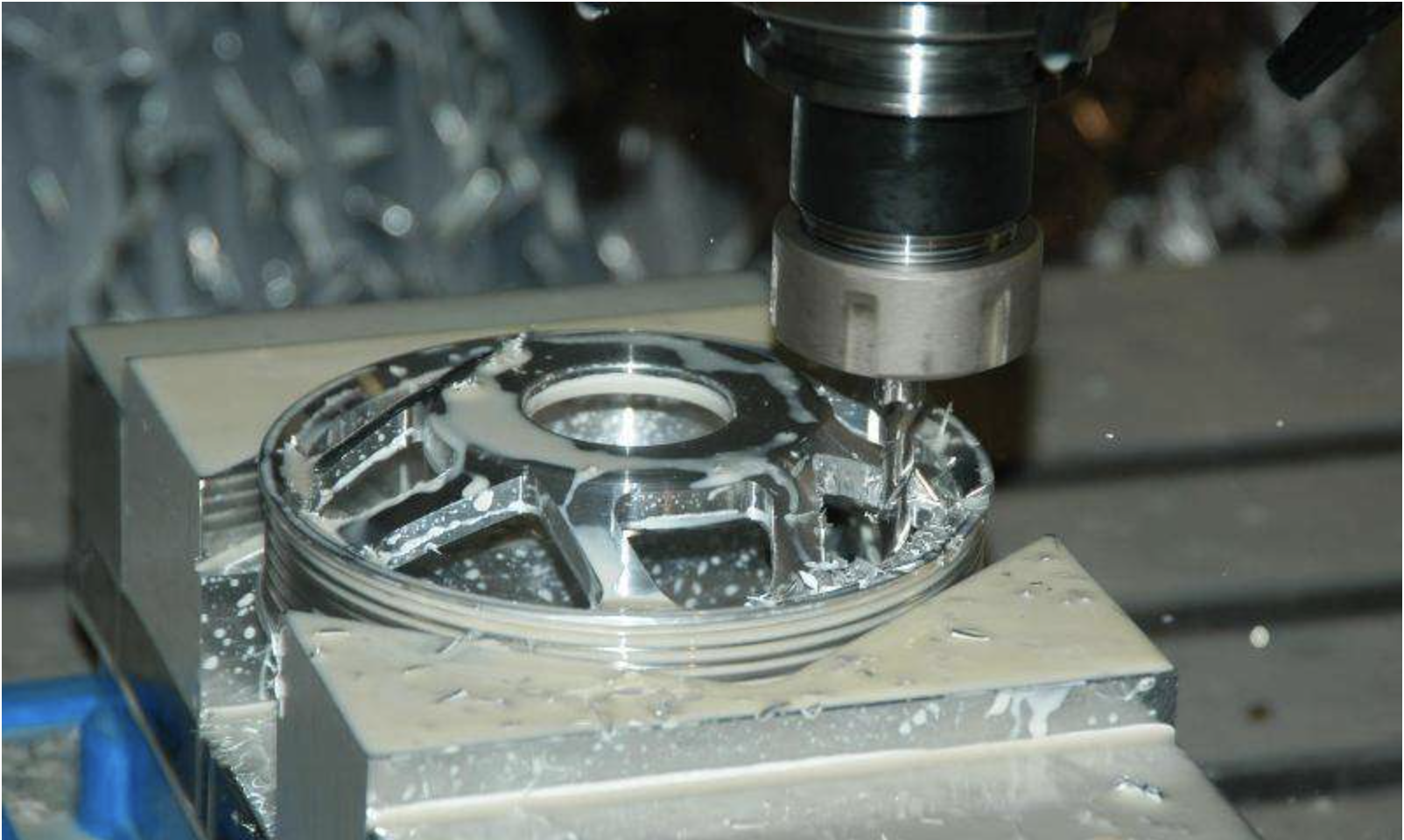Some Methods to Improve the Surface of Finished Prototyped that Manufactured by CNC Machining
As you reach the finishing cut, the finished product is ready to pass inspection. After all the time and effort, it takes into making a precision part, the final step must bring forward a state of the art finish. If you are seeking perfection, you probably want to incorporate a few practices that can help you prevent scrapping parts and ensure a high rate of success. Take note on the following:

Check the Feeds and the Speeds
Every project needs proper calibration to work with the proper feed and the right speed. This stage is essential to achieve high-quality surface finishes. By increasing the tool speed, the built-up edge is reduced, making the feed decreases flank wear thin.
These procedures minimize the possibility of any failure on the tools and prolong their working life. Avoid dialing the depth of the cut far enough to make the tool rub against the surface instead of cutting it. The result will be a smeared finish.
Look for Chip Breakers
For any technician handling a CNC machining task looking at a long coiled chip come off, the tooltip is aesthetically pleasing, but it’s also a sign that the cutting pressure of our machine is too high. This can cause problems, mainly because this accelerated tool wears quicker and will also create a lot of metal strips that can damage the surface of the finished product.
If you add a chip breaker, you can improve the removal and overall presence of chips. Check the machine to look for part ductility or tool shape. A proper milling setup, as well as the right coolant setting, will affect the chip breaking positively. Remember that it is easier to clean chips before they touch the finished surface.
Keep the Rigidity Steady
The technician handling the CNC machining tool has to maintain a rigid position as the cutting process happens. Any movement in the setup will cause chatter, and the finished result will be a scalloped surface. This can be achieved easier by following practices such as using a small tool reaching and setting the best feeds and the right speed for the task to minimize any tool deflection.
Complete the Task with The Right Finishing Tool
Handling a roughing tool and a finishing tool are two very distinct tasks. Many technicians make the mistake of saving “time and money” by using the same tool for both processes. But the end result is a larger volume of scrap after the projects are done. On top of that, the surface finish will probably need a different cutter and new geometries to round up the rough cuts.
The original article is from: https://www.nicerapid.com/how-to-improve-the-surface-of-your-finished-products-manufactured-with-cnc-machining-a-337.html
Although everything we have mentioned is pretty important all of it makes a whole that can help you become a master CNC machiner. Practice will take you there, and once you handle all these steps, every single product you build will be the best version you are able to craft by your own means. Feel free to contact us by email enquiry@nice-rapidtooling.com to get free quote!







